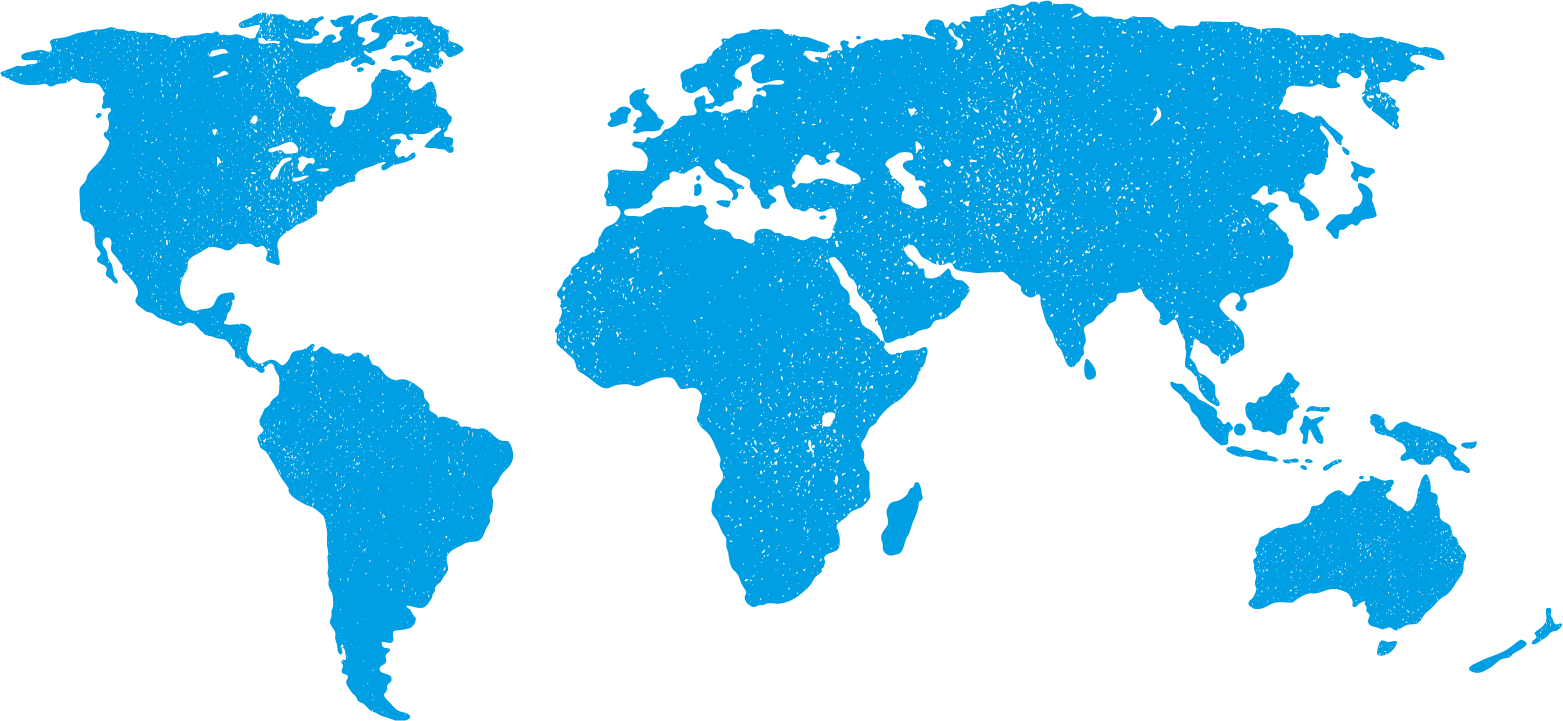Types of altitude sickness:
- Acute Mountain Sickness (AMS) – most common, affecting approx 65% travellers.
- High Altitude Cerebral Edema (HACE) – if AMS is left to progress, 10% may develop this life threatening illness.
- High Altitude Pulmonary Edema (HAPE) – not necessarily preceded by AMS. Life threatening.
Symptoms of Altitude Sickness
- AMS – Headache plus one or more of following: fatigue, loss of appetite, nausea, sleep disturbance, shortness of breath, dizziness. Normally occurs 6-10 hours after ascent. Usually benign and self-limiting and if further ascent is delayed it tends to resolve in 1-3 days.
- HACE – As AMS plus lethargy, confusion and ataxia. Usually occurs at least 2 days after ascent,
- HAPE – As HACE plus shortness of breath with exertion, and a dry cough, progressing to shortness of breath at rest. The cough may become productive with blood-stained sputum. Usually occurs at least 2 days after ascent
Prevention of Altitude Sickness
Be aware of the symptoms of altitude, Acclimatise slowly. Allow rest days every 3 days. Never sleep more than 300 metres higher than previous night and/or in the presence of symptoms of AMS. Drink lots of fluids and minimise exertion. ALWAYS attempt to descend if symptoms of altitude illness worsen at a altitude or if symptoms are severe.
Consider taking Acetazolamide (Diamox) as this will assist in acclimatisation. Acetazolamide (Diamox) can help in preventing preventing acidosis of the blood and keeping breathing stimulated without undergoing apnoea. Nomad travel clinics are stocked with Diamox that can be prescribed in your consultation. The body also has an increased cardiac output and an increase of haemoglobin to help transport oxygen.
Nomad can supply Diamox, simply book a consultation with one of our expert travel nurses at any of our clinics to get a supply for your trip. If you experienced AMS on a previous trip to high altitude it is more likely it will happen on any subsequent visits. If you have visited high altitude previously and did not suffer Acute Mountain Sickness it does not mean you won’t on subsequent visits, your age & fitness are not factors either.
Treatment of Altitude Sickness
- Insurance – The planned maximum altitude should be disclosed and emergency evacuation by helicopter included within the policy.
- AMS – If experiencing symptoms – REST. Most will disappear after 1-2 days. Take analgesia for headaches, consider anti emetics for nausea. If symptoms worsen descend immediately at least 500-1000m.
- HACE/HAPE – Descend immediately. Give Oxygen, Niphedipine and Dexamethasone for HAPE. Dexamethasone for HACE.
Pre-Existing Medical Conditions & Altitude
Some medical conditions increase the likelihood of the traveller experiencing problems at altitude and should therefore see their GP prior to departure. These include: Pulmonary problems (COPD), cardiac disease and pregnancy.
Risk Areas

